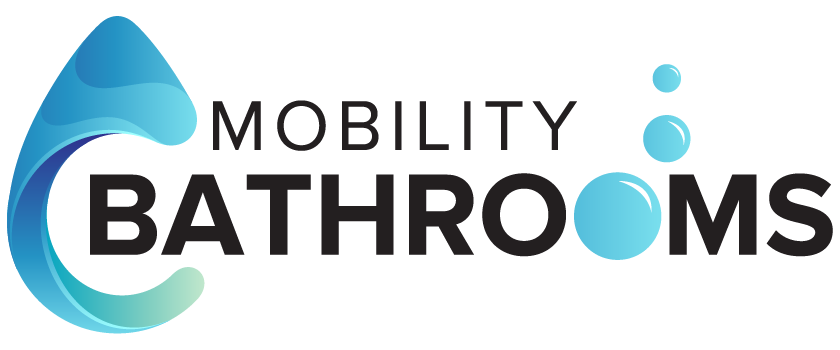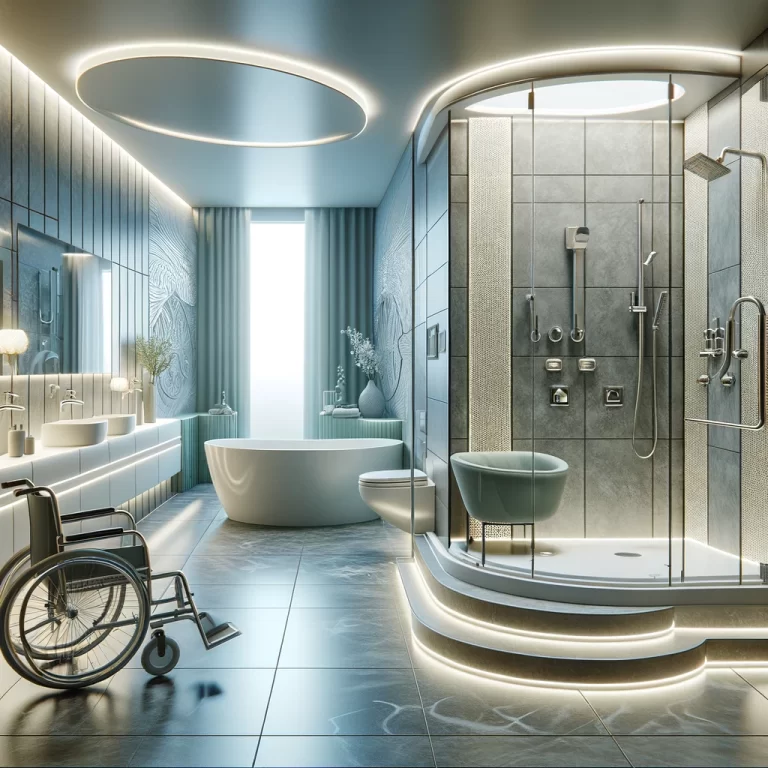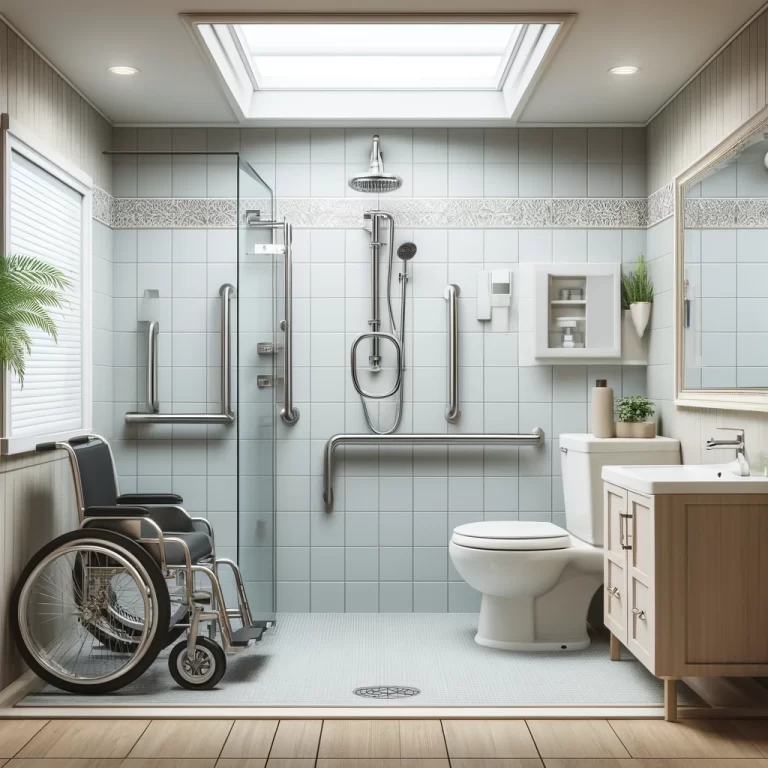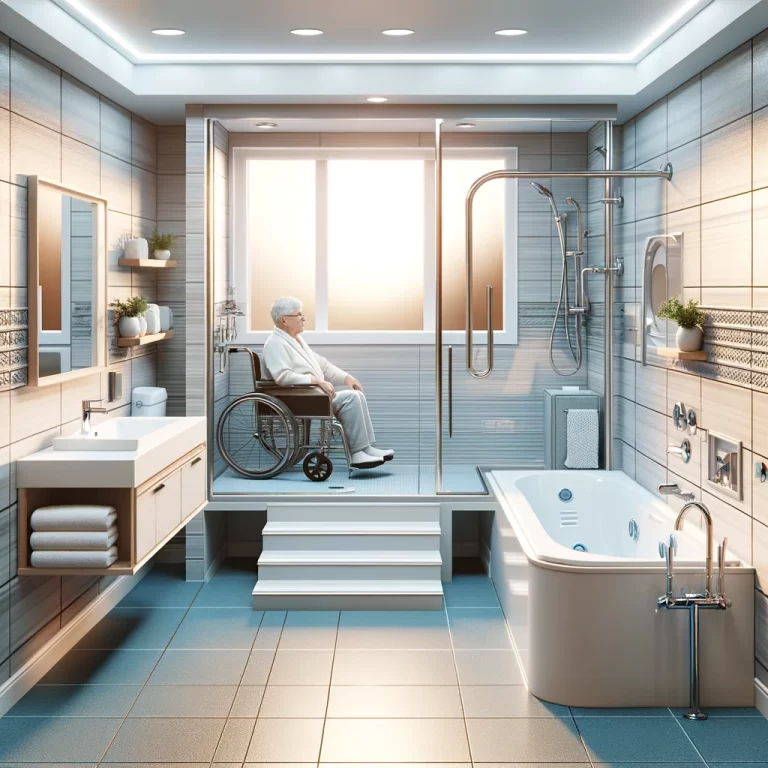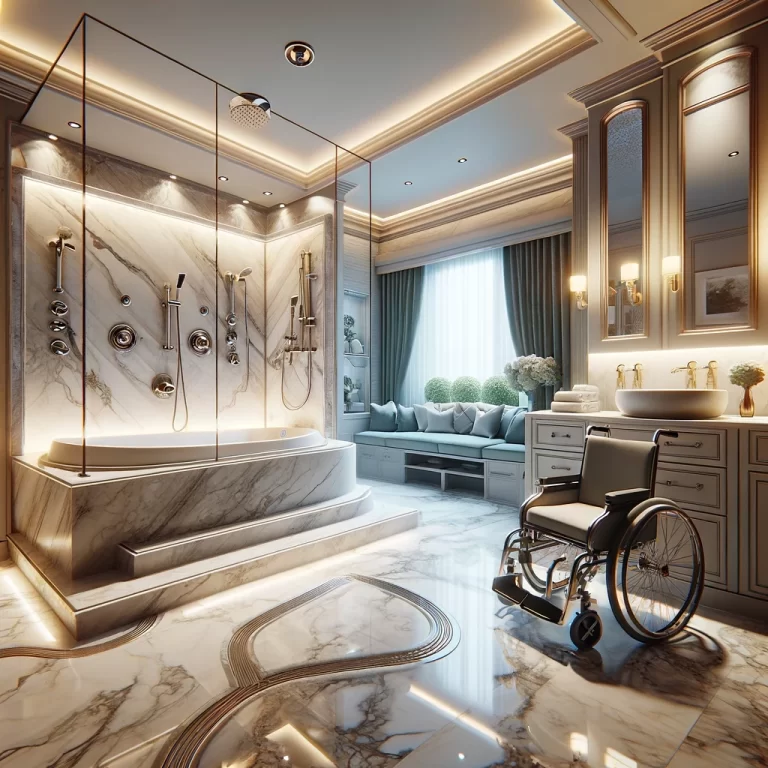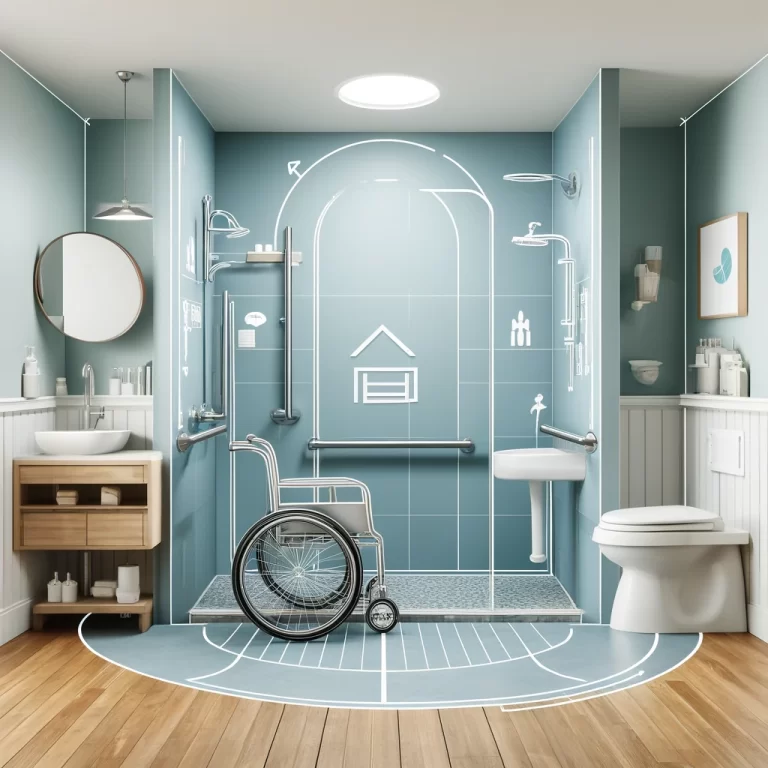What are the rules for disabled toilets in the UK
For individuals seeking clarification on the regulations concerning disabled toilets in the United Kingdom, this article offers a comprehensive overview. It delves into the definition and intended purpose of disabled toilets, while also outlining the legal standards and necessary accessible features mandated for such facilities. Additionally, it addresses the individuals eligible to utilise these conveniences and the ramifications of their misuse.
By remaining abreast of the stipulated requirements and entitlements related to disabled toilets, one can foster proper access and comprehension for all individuals.
Overview of Disabled Toilets in the UK
The toilets designated for individuals with disabilities in the United Kingdom are meticulously crafted to adhere to the stipulated accessibility standards and regulations. This meticulous design is aimed at ensuring that individuals with disabilities can conveniently and securely access and use these facilities.
Definition and Purpose
Disabled toilets are restroom facilities that are specifically designed to cater to the needs of individuals with disabilities, ensuring accessibility and mobility. These restrooms are equipped with features such as strategically placed grab rails that provide support and aid in balancing while transferring on and off the toilet. The door widths are increased to accommodate wheelchairs and mobility aids, facilitating easy entry and exit. The flush mechanisms in these toilets are designed to be user-friendly, requiring minimal effort to operate.
These adaptations are essential in establishing an inclusive and accessible environment for individuals with diverse mobility challenges, enabling them to navigate public spaces with dignity and independence.
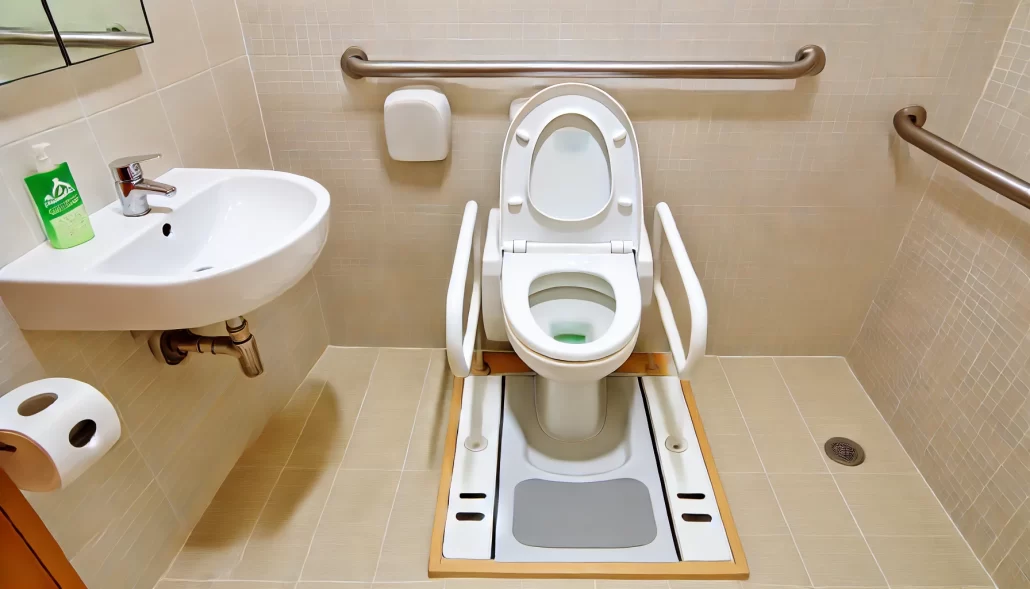
Requirements for Disabled Toilets
The regulations and building codes in the UK dictate strict requirements for accessible toilets to ensure accessibility and inclusivity for all individuals in public spaces.
Legal Standards and Regulations
Legal standards and regulations in the UK dictate that disabled toilets must meet specific design and accessibility requirements in order to comply with national legislation. These standards are designed to ensure equal access for individuals with disabilities to public facilities.
This includes provisions such as wide doorways to accommodate wheelchair users, sufficient space for manoeuvrability, and the proper installation of grab bars and support rails. Service providers have a legal obligation to adhere to these guidelines to guarantee that their facilities are inclusive and accessible.
To monitor and uphold these legal standards, enforcement mechanisms such as regular inspections and potential penalties for non-compliance have been put in place. Ultimately, these measures work towards promoting inclusivity and accessibility for all individuals.
Accessible Features of Disabled Toilets
The accessible features of disabled toilets comprise a variety of design and equipment specifications that are intended to ensure the safety and ease of use for individuals with disabilities.
Design and Equipment Specifications
The design and equipment specifications for accessible toilets are meticulously planned to optimise space, hygiene, and safety for users. These facilities typically include wider doorways to accommodate wheelchairs and mobility aids, as well as handrails for additional support. Clear signage, featuring the international wheelchair symbol, is essential for easy navigation.
Furthermore, disabled toilets are equipped with strategically positioned grab bars for stability, along with sinks and mirrors at accessible heights. The layout is thoughtfully organised to allow sufficient room for manoeuvring, aiming to provide individuals with disabilities a comfortable and dignified experience.
Who Can Use Disabled Toilets?
Accessible toilets are designed to accommodate individuals with disabilities, including wheelchair users and those who need priority access because of mobility limitations or other impairments.
Eligibility and Access Rights
The determination of eligibility and access rights to disabled toilets is critical to ensuring that priority access is provided to individuals with disabilities who have the greatest need for these facilities.
Individuals who have specific physical disabilities, medical conditions, or elderly persons who may require additional assistance or access to support equipment such as wheelchairs or walking aids are typically deemed eligible to use disabled toilets.
By restricting the use of these facilities to those with legitimate needs, it helps prevent misuse and guarantees that they remain accessible to individuals with genuine accessibility requirements.
Respect for access rights is essential in fostering an inclusive and supportive environment for individuals with disabilities, enabling them to navigate public spaces with dignity and autonomy.
Consequences for Misuse of Disabled Toilets
Improper use of accessible toilets can lead to significant penalties and enforcement actions to preserve the accessibility of these facilities for individuals who need them.
Penalties and Enforcement Measures
Penalties and enforcement measures have been established to address and discourage the misuse of disabled toilets, which may involve fines and formal complaint procedures.
When individuals misuse disabled toilets, they may be subject to penalties that range from fines to warnings. Enforcement mechanisms play a crucial role in upholding the integrity of these facilities.
In instances where misuse is observed, individuals have the option to file complaints through specified channels, such as reaching out to facility management or relevant authorities. These complaints play a critical role in ensuring the protection of the rights of disabled individuals and in taking appropriate actions against those who violate the regulations.
By implementing clear protocols for reporting and addressing instances of misuse, the community can collaborate to create inclusive environments that cater to the needs of all individuals.
